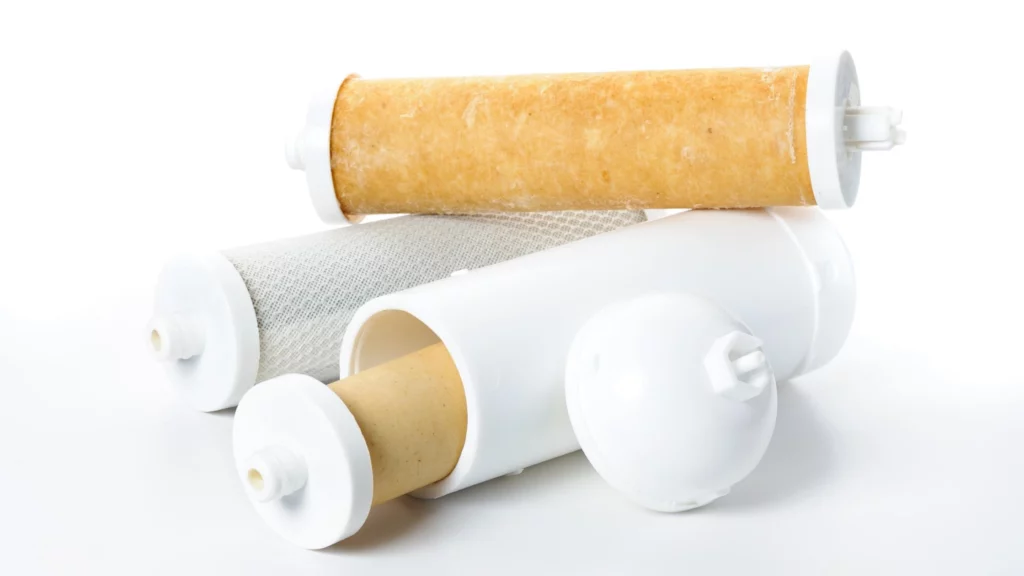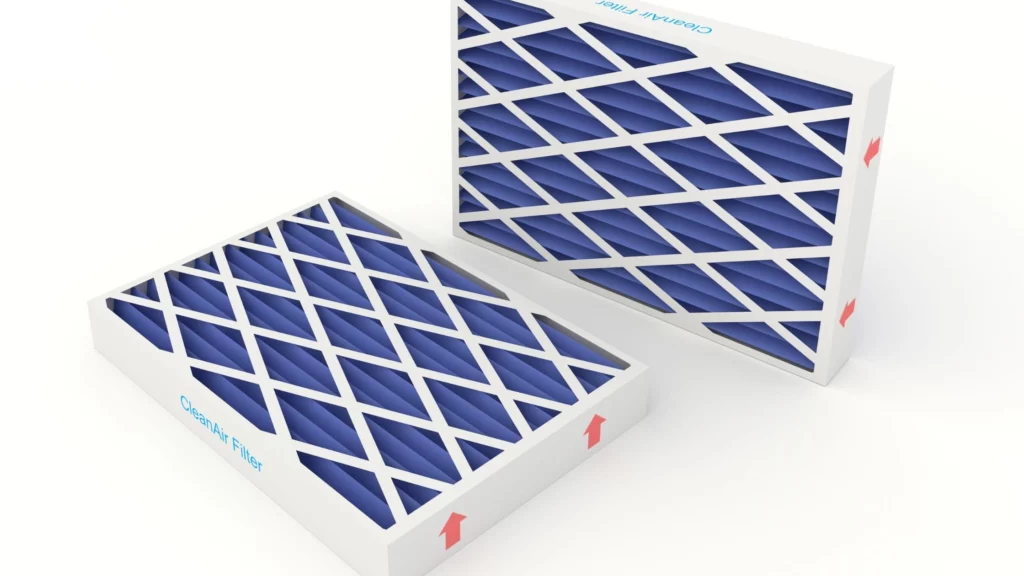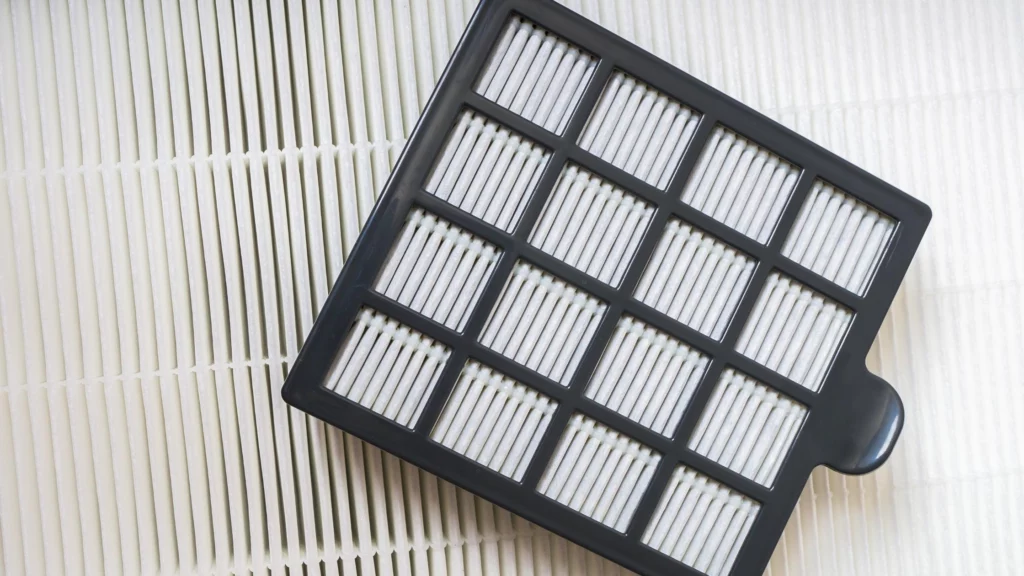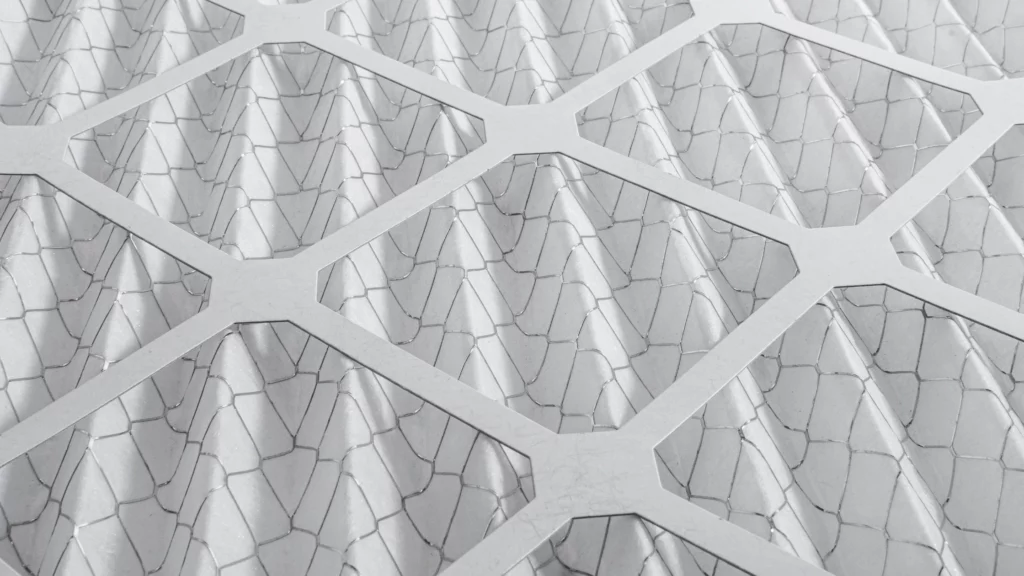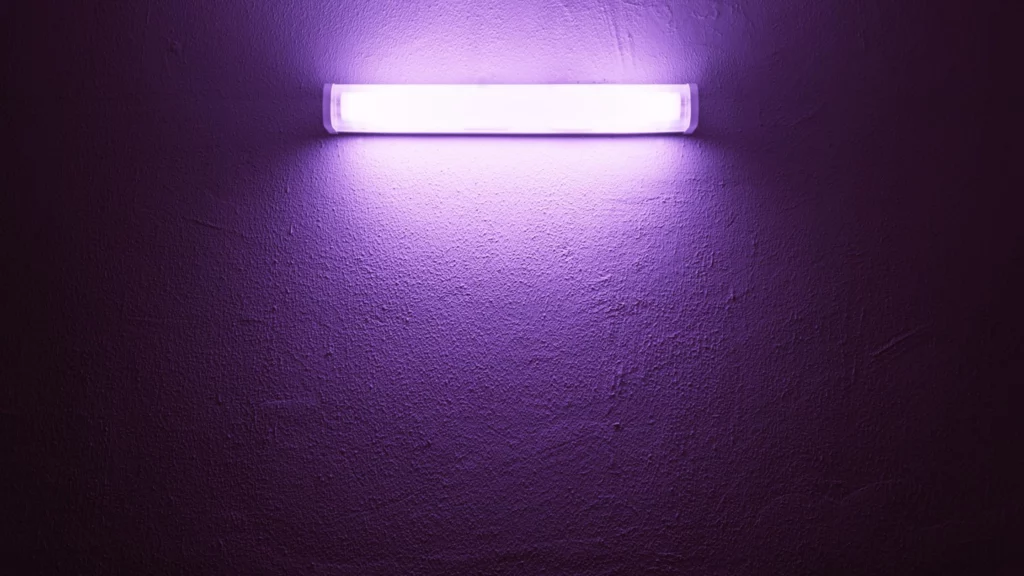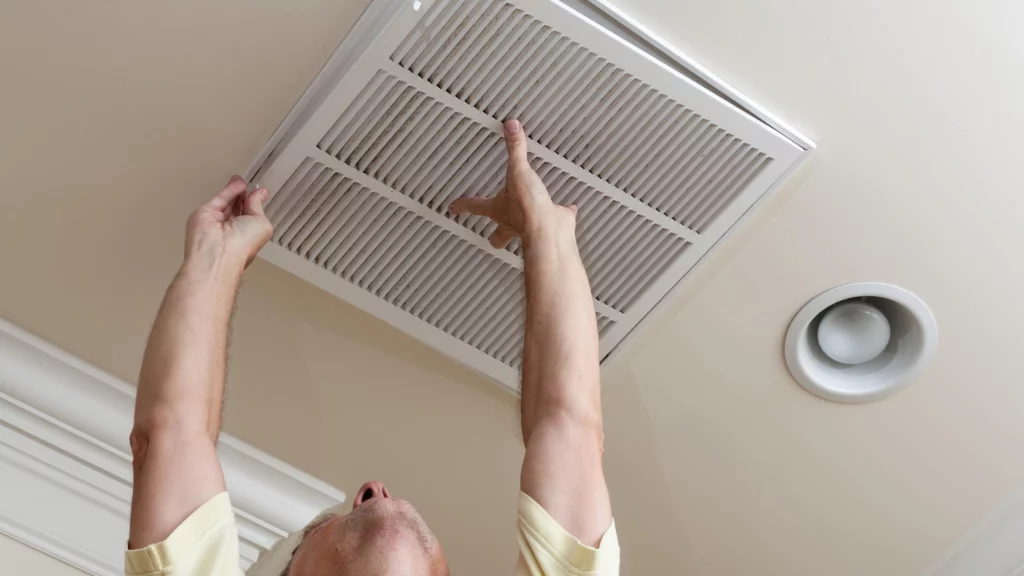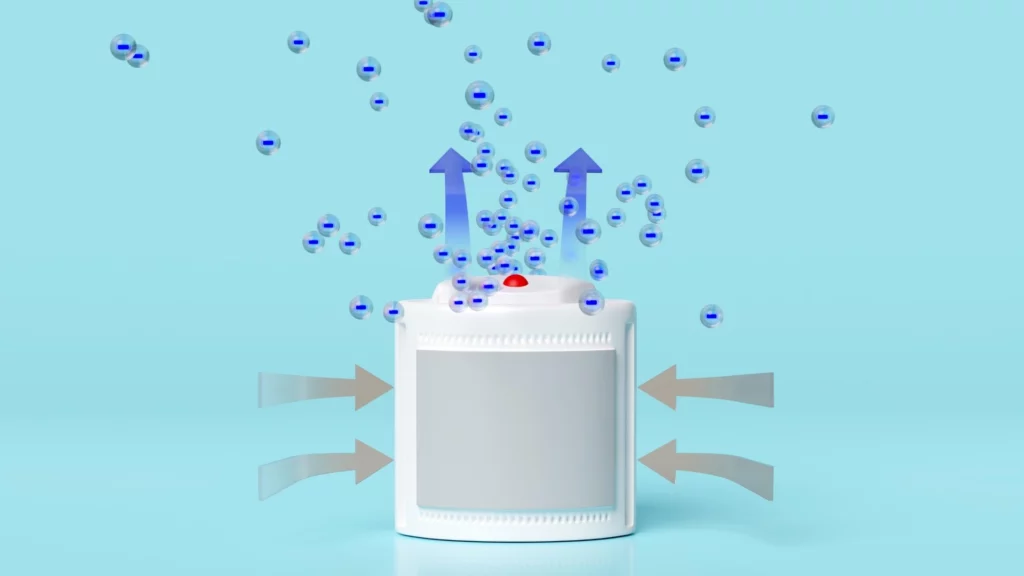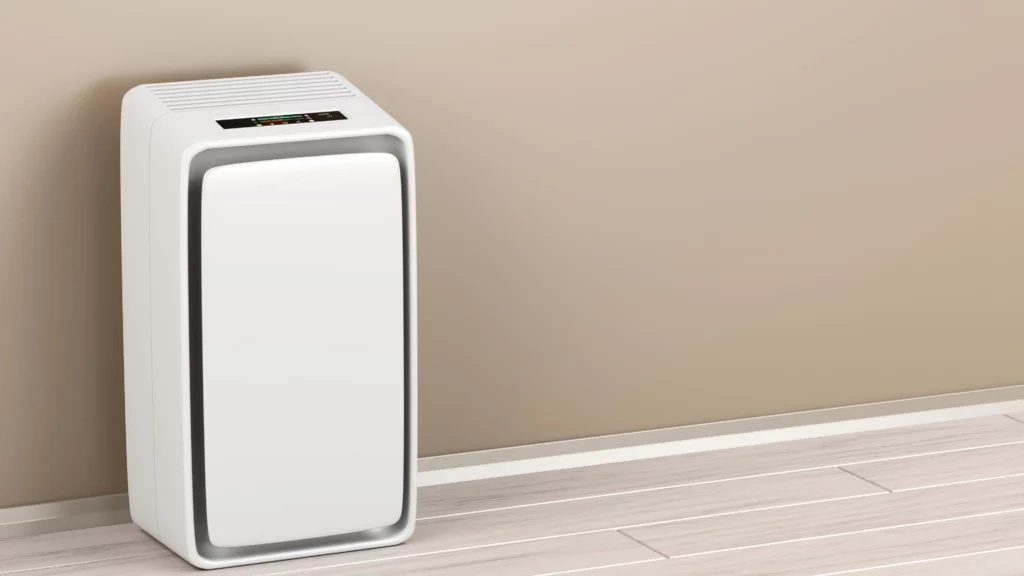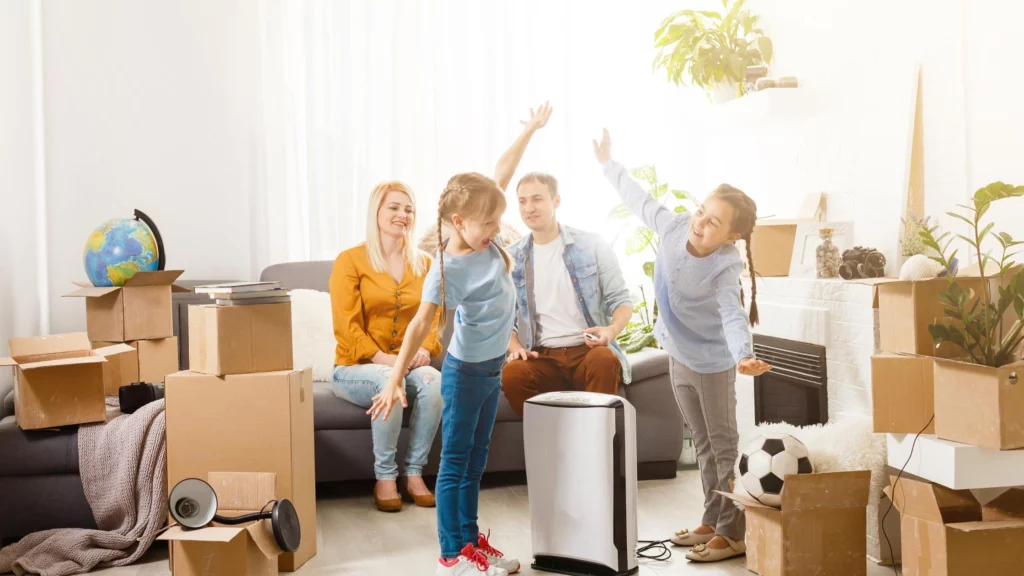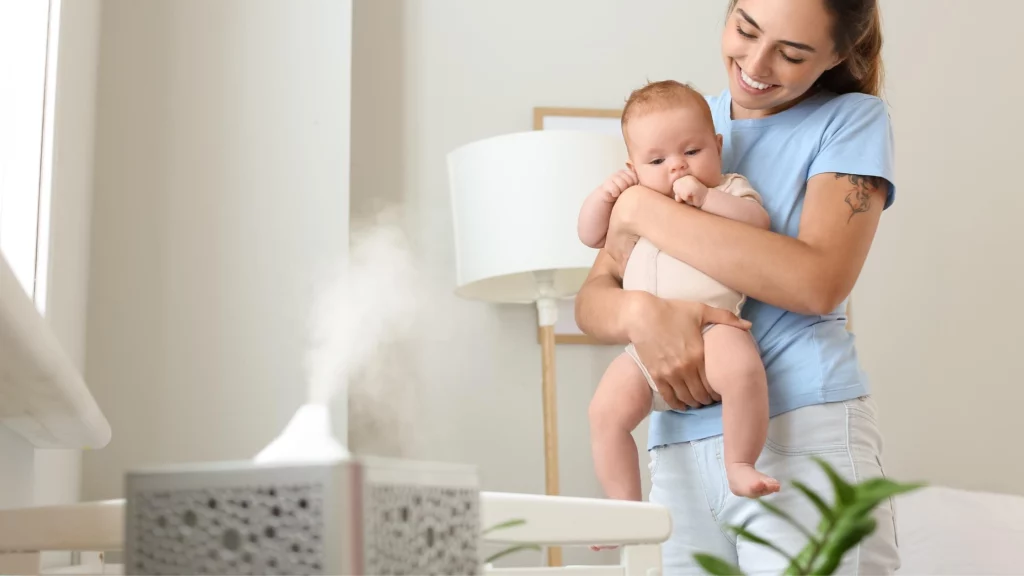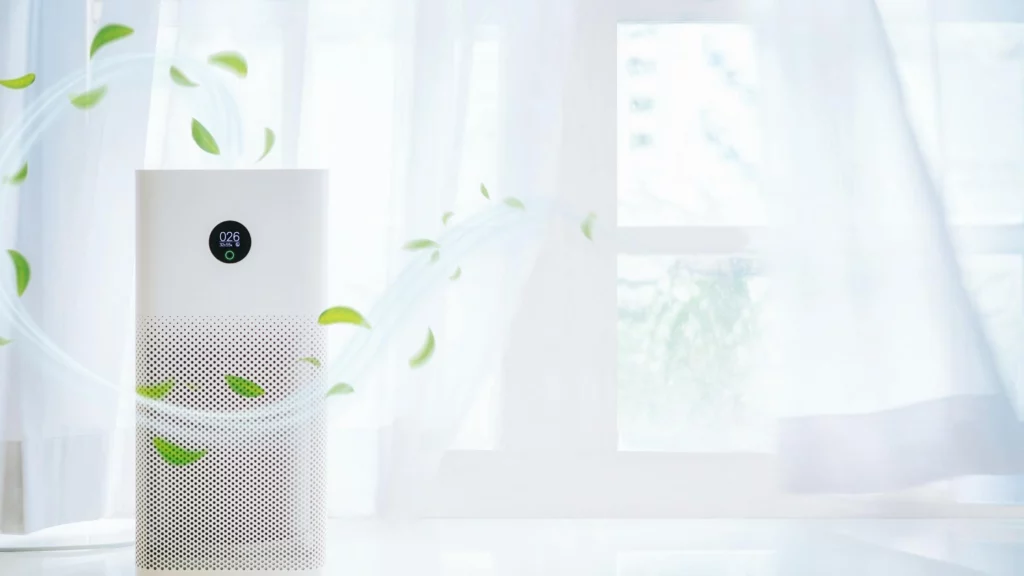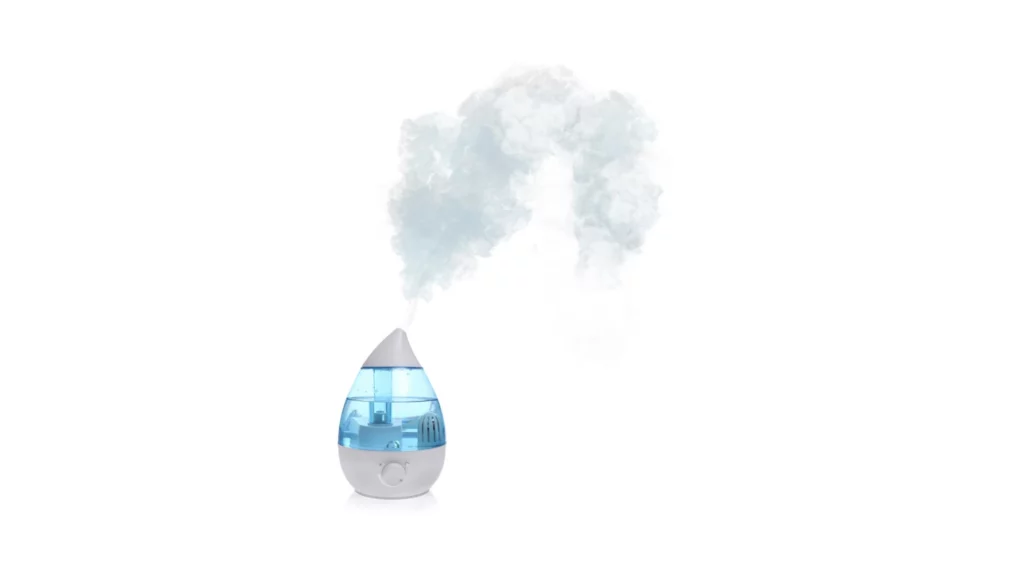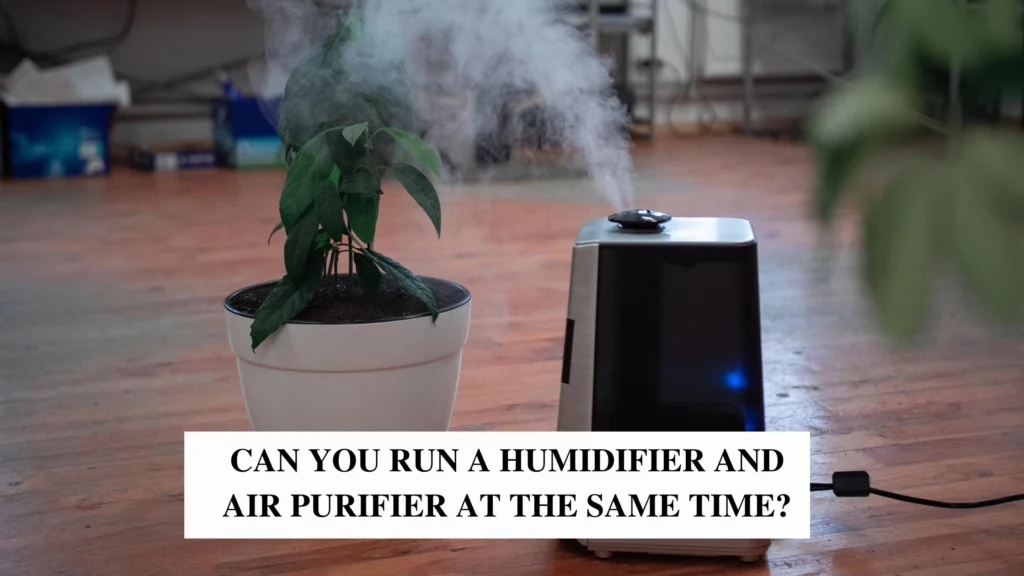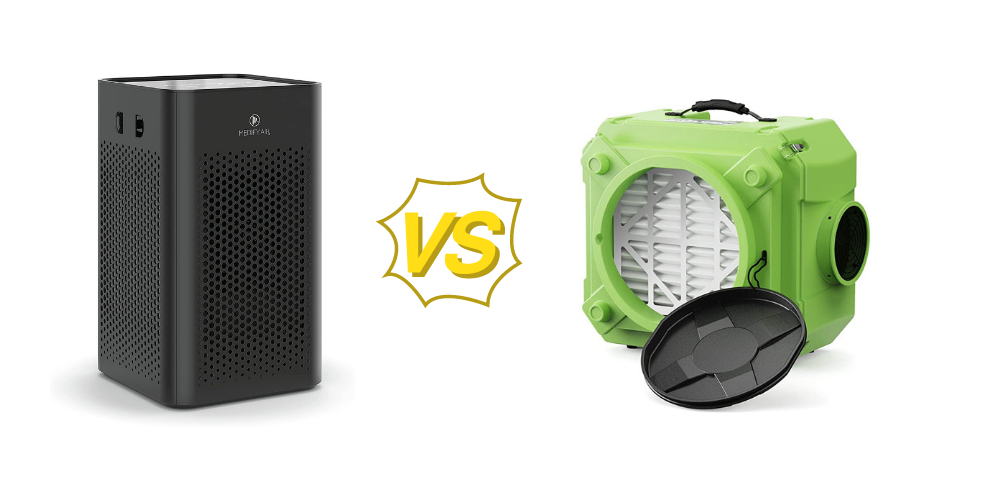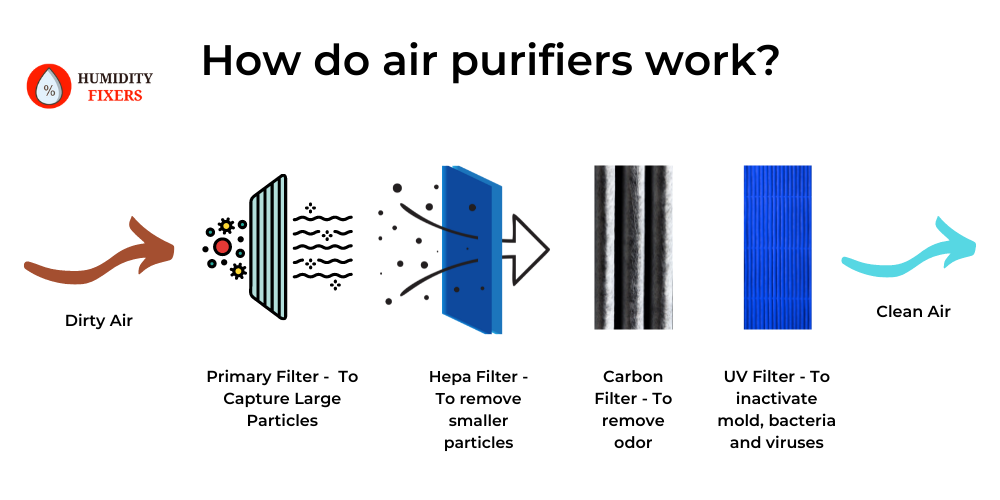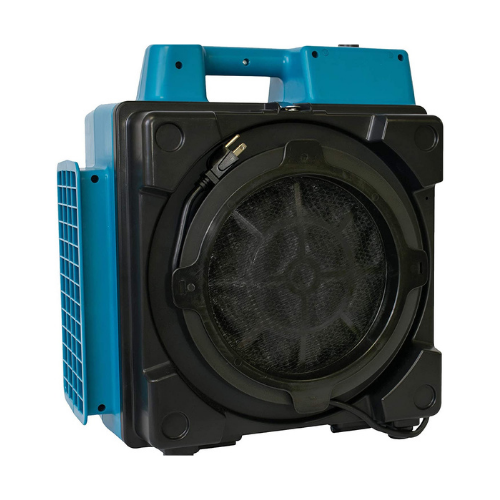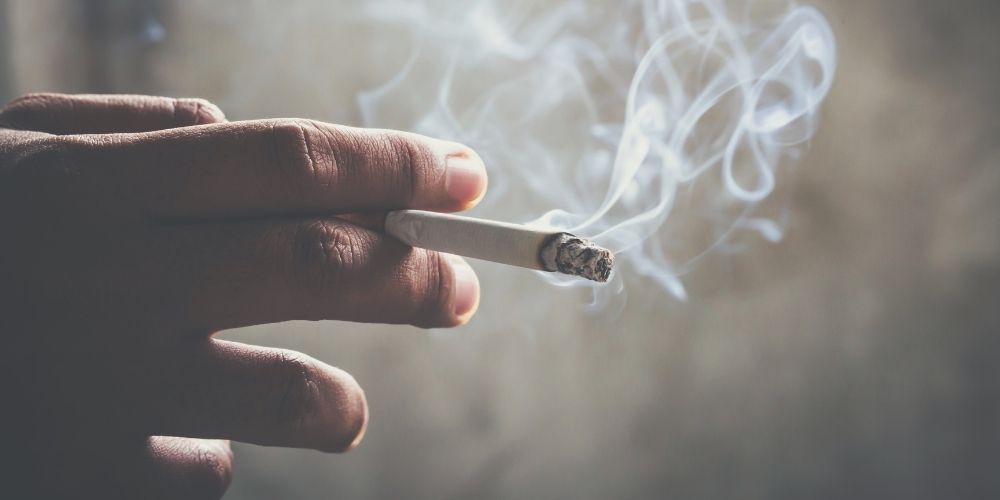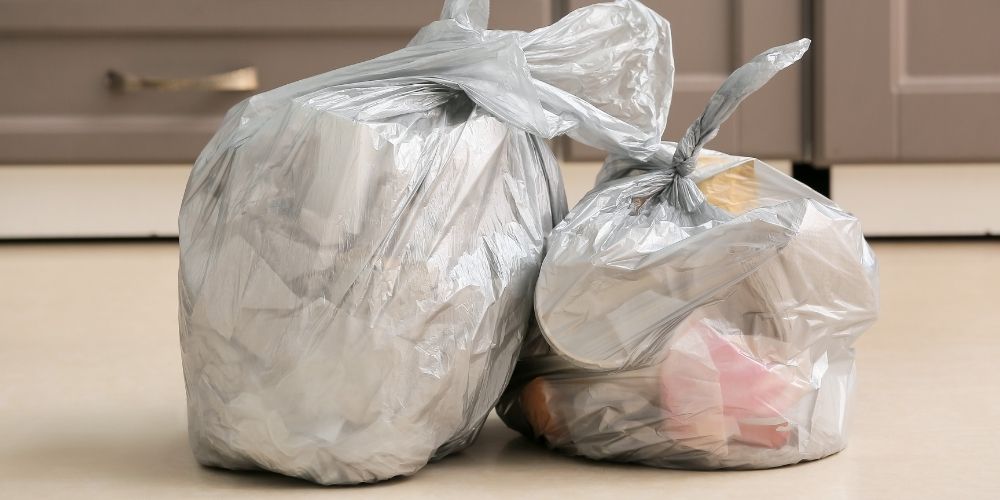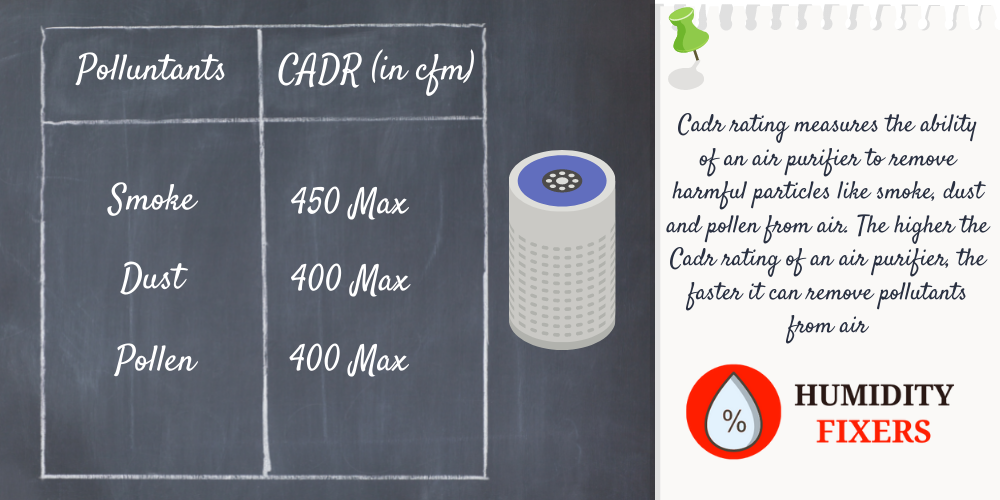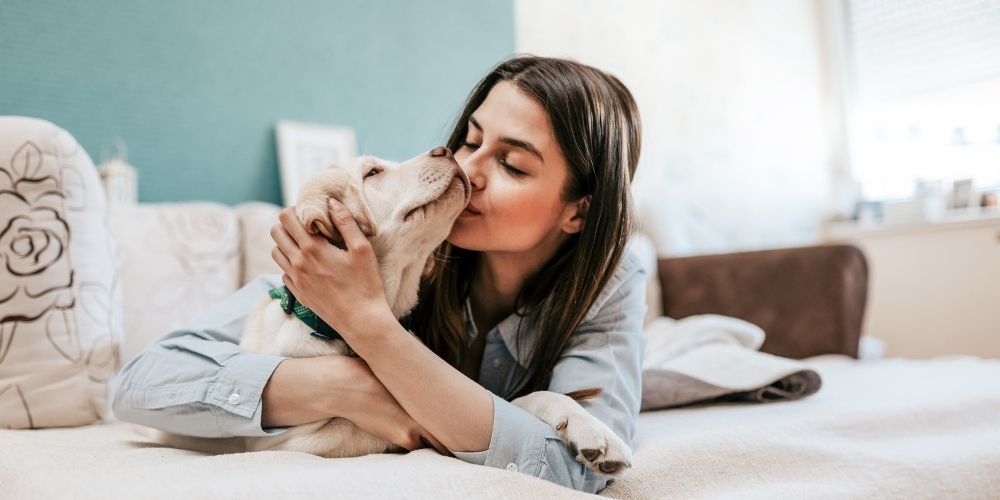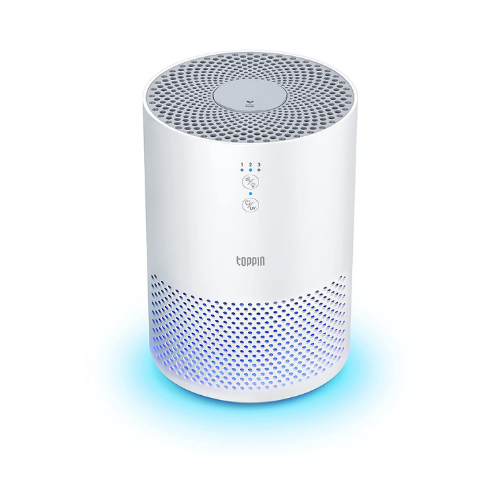Austin Air Purifier Review
Austin air systems are one of the best air purifier manufacturers available in the market to maintain healthy indoor air quality. Austin Air units are built with high-quality products and special designs that will ensure that clean air is circulated inside the home at all times. if your aim is to improve the indoor air quality of your home or workspace and to have cleaner air that is free from air pollutants and volatile organic compounds, Austin Air is the place to go that makes the best air purifiers.
In this article, we will take a detailed look at the features and benefits of investing in Austin Air purifiers. Like most air purifiers, although the Austin air units come with air filters that are equipped to remove several types of air pollutants, and come with inbuilt HEPA filtration technique, Austin Air purifiers have more advantageous features added to them. These take up the responsibility of circulating cleaner air that is free from airborne particles and air pollutants of all types and sizes (smaller particles, medium size particles, and larger particles). With clean air indoors, one can rest confident that negative health effects are kept away, without the need of using a separate allergy machine. With that said, let us get started!
Key Takeaways:
🚀 Austin Air purifiers are highly regarded for maintaining healthy indoor air quality, with features that ensure the circulation of clean air free from pollutants and allergens.
🚀 The top benefits of using Austin Air Healthmate air purifiers include extensive clinical research, high-quality construction, effective air filtration with multiple filter media, side vent design for even air distribution, and positive impacts on respiratory health and allergies.
🚀 The Austin Air Healthmate, Healthmate Plus, and Allergy Machine are three highly recommended models, each offering unique features and advantages for air purification in different scenarios.
🚀 Austin Air purifiers are energy-efficient, made in the USA, and do not produce ozone. They require minimal maintenance, with filter replacements needed only once every 5 years, making them reliable and convenient options for improving indoor air quality.
Top 5 Benefits Of Using Austin Air Healthmate Air Purifiers

A good air purifier must be able to perform with enhanced efficiency as demanded. Indoor environments must be maintained with uniform airflow that is devoid of dust mites, mold spores, and all types of hazardous air pollutants. In the upcoming Austin Air Healthmate review notes, we will be discussing the various features that make these units only among the best air purifiers in the market. Before that, let us take a brief look at the top 5 benefits that make Austin Air Healthmate air purifiers worth the investment.
1. Clinically proven Austin Air Systems
The extensive clinical research and testing that has gone into Austin Air Healthmate air purifiers cannot be neglected. In order to guarantee immaculate air in indoor environments, that are devoid of mold spores, dust mites, and other allergens, Austin Air Systems are run through plentiful clinical clinical trials.
It is evident from independent clinical trials that were conducted at university hospitals and government tests, that Austin Air Purifiers delivered excellent performance when compared to most air purifiers. With third-party testing done on the air flow rate, airflow design, reduction and removal of vapors, noxious gases, and sub-micron particles, Austin Air Healthmate air purifiers came out as a clear winner.
2. High-quality product
Austin Healthmate air purifiers are manufactured using high-quality products. The durability of the products and the in-built air filters themselves are advantageous features in Air Healthmate units. Customers are relieved with the fact that Austin Air filters have the requirement to be replaced only once every 5 years. This long-lasting functioning of Austin Air filters makes them highly reliable.
Yet another bonus with Austin Air units is the material used for their build. The steel and powder coat paint that is baked on Austin Healthmate units makes sure that off-gassing is completely ruled out.
3. Filter media
Austin Healthmate air purifiers offer multiple effective air filtration techniques. The unit features are pumped up owning to the performance of the air filters. Austin Air Healthmate air purifiers make use of 15 lbs of activated carbon. This makes Austin Air Purifier units the only units that are equipped to remove volatile organic compounds from indoor air. The use of military-grade high-efficiency gas filtration media (HEGA filter), high-efficiency particulate air filters (HEPA filter), particle pre-filter, medium particle pre-filter, etc., are the aspects that guarantee the seamless air purification process of Austin Air Healthmate air purifier units.
4. Side vent
The side vent design of Austin Healthmate units is ideal for even distribution of the purified air. Unlike the conventional top vent design of most air purifier units, the side vent design is excellent for even circulation of the air flow.
5. Chemical sensitivities
With every Austin Air Healthmate review, you will notice that customers report a positive impact on respiratory health, a reduction in negative health effects, less of allergies, and multiple chemical sensitivities symptoms.
Comparing 3 Best Models Of Austin Air Purifiers:
Among the different units from Austin Air that work to trap pollutants from the environment and enhance the indoor air quality of the home, the following 3 models stand as the best air purifier designs that you can bank on.
1. Austin Air Healthmate Air Purifier
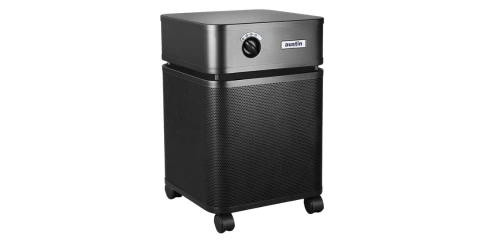
With supreme air purification that involves multi-stage HEPA and carbon filtration, Austin Air Systems has built the Healthmate model with the capacity to cover any space as large as 1,500 square feet. With the Austin Air Healthmate air purifier, you will be able to enhance the indoor air quality of the space, making sure that the environment is also free from allergy-triggering agents, unpleasant odors, and chemical pollutants.
The ability of the Austin Air Healthmate unit to keep indoor air free from dust, pollen, tobacco smoke, chemical vapors, gases, viruses, bacteria, and other chemicals; makes this unit the ideal choice for those suffering from asthma, respiratory illness, chemical sensitivities, and other forms of allergies. The specialized 360-degree filtering system is equipped with the capacity to take in polluted air from all around the room. The air taken in is passed through 4 stage filtration process that will trap 99.97% of airborne particles as small as 0.3 microns and 95% of particles that measure 0.1 microns and smaller.
The minimal maintenance for the Austin Air Healthmate air purifier makes it a suitable choice. All that is required from the customer is period deep cleaning, vacuuming of the steel outer housing for optimal air flow, and switching out of the replacement filter media once every 5 years. The Clean Air Pocket Vent handles the circulation of the purified air across the room.
The efficiency of the Austin Air Cleaner unit comes with the 4-stage combination filter. The PERMAFILT pre-filter, Medium particle filter, Carbon Blend filter, and medical grade HEPA filter are the 4 different stages that handle the air purification process. Particles larger in size and those that are visible to the naked eye, such as dust and pet hair are trapped in Stage 1 where the air passes through the cotton PERMAFILT pre-filter. The Stage 2 Medium particle filter takes charge of removing small to medium size particles that will include mold, pollen, and dust mites.
In Stage 3, odors, chemicals, gases, fumes, and VOCs are absorbed and locked completely, when the air is passed through the granular activated carbon and zeolite blend. In Stage 4, the air passes through 60 square feet of true medical-grade HEPA filter. This true HEPA filter will strip away any harmful bacteria and viruses, smaller pollen, mold, pet dander, dust, and ragweed particles that might have escaped the previous stages of filtration.
The other features that make Austin Air Healthmate a popular choice among customers are; 3 fan speed settings (high speed and lowest setting to opt for the purification process required for the specific room), casters for portability, mess-free filter changes, and more.
Do the features built in the Austin Air Healthmate air purifier meet your expectations from an air purifier for seamless air filtration? If yes, hurry now to invest in this air purifier right away to have a home or workspace that has perfect air quality.
Pros and Cons of Austin Air Healthmate Air Purifier
- The Austin Air Healthcare unit is equipped with the ability to handle optimal air purification covering an area of 1,500 square feet.
- Comes with a highly efficient 4-stage air filtration process.
- The 4 stages of air purification in the Austin Air Healthmate unit include Cotton PERMAFILT pre-filter, Medium particle filter, Carbon filter with granular activated carbon and zeolite blend, and High-Efficiency Particulate Air filter.
- Economical and minimal maintenance is required with the replacement filter to be changed once in 5 years alone.
- Offers choices to opt between multiple fan speeds- high fan speed and lowest setting in fan speed to adjust the filtration process to the room’s requirement.
- User-friendly design with a single manual knob, controls, and casters for portability.
2. Austin Air Healthmate Plus
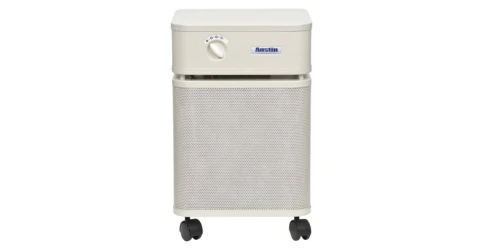
The Austin Air Healthmate Plus is the perfect choice that is designed to deliver excellent performance when it comes to keeping a space protected from simple common household allergens, and even harmful pollutants like smoke and chemical odors. The highly absorbent activated carbon filter is in place to combat the hazardous pollutants in the air.
The feature that deserves appreciation in the Austin Air Healthmate Plus air purifier is its ability to remove formaldehyde, the compound that the U.S. Environmental Protection Agency labels as a “probable human carcinogen”. Dust, pollen, tobacco smoke, chemical vapors, noxious gases, viruses, bacteria, and other hazardous air pollutants can be removed effectively from the environment. This will help to maintain a space that is safe for allergy and asthma sufferers and those with multiple chemical sensitivities.
The 4 stage air filtration process is achieved to perfection with the 360-degree progressive filtering system. This makes sure that air all across the home is drawn into the unit, filtered, and sent back out into the room via the Clean Air Pocket vent. The extensive 4 stage air purification system comes with a cotton PERMAFILT pre-filter to trap larger pollutants like pet hair, a medium particle filter to remove mold, pollen, and dust mites, carbon and zeolite blend along with potassium iodide that removes heavy odors, chemicals, gases, fumes, and VOCs, true medical-grade HEPA filter to remove harmful bacteria, viruses, and other smaller allergens that were left unfiltered.
With the Austin Air Healthmate Plus device, you can be assured that the room is free from 99.97% of airborne pollutants that are 0.3 microns and larger, 95% of particles that measure 0.1 microns and smaller, and more than 3,000 types of toxic gases.
Having been made in the USA, the material and parts are cautiously sourced to be long-lasting. Energy-efficient Permanent-Split Capacitor (PSC) motor, a powerful centrifugal fan, an all-steel outer body, and easy controls with adjustable fan speeds, are the other positives of the Austin Air Healthmate Plus unit.
Are you looking forward to keeping your home free from hazardous chemical odors? Invest in the Austin Air Healthmate Plus air purifier to enhance the air quality effortlessly.
Pros and Cons of Austin Air Healthmate Plus
- The Austin Air Healthmate Plus unit is built with the capacity to remove 99.97% of particles that reduce air quality.
- One of the best air purifier models from Austin Air that are equipped with a highly efficient 4-stage air purification technique.
- Built with all the features and qualitative parts required to remove 99.97% of airborne pollutants, pet dander, and even carry out gas filtration.
- The activated carbon filter handles the odor-removal process.
- A user-friendly device that allows the user to choose between high and low fan speed settings.
- Portable design with caster wheels, approved by third-party testing by medical facilities, replacement filter to be changed once in 5 years alone.
3. Austin Air Allergy Machine Air Purifier
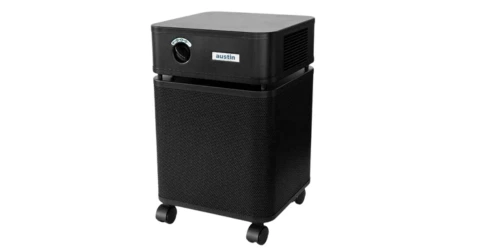
Protecting one’s respiratory health and staying free from allergies is possible with the Austin Air Allergy Machine Air Purifier. This is one of the air purifiers available in the market that is fully equipped to keep away allergens of all kinds from the air.
The specialized combination of particle and odor filtration from the Austin Air Allergy Machine paves the way to enhance the air quality in indoor air. The Austin Air Allergy Machine comes with the ability to cover up to 1,500 square feet of area. Maintaining this space free from dust, pollen, tobacco smoke, chemical vapors, gases, viruses, bacteria, pet dander, and hazardous gases is handled with ease by the Austin Air Allergy Machine.
The 250 cubic feet of air or more, that is pulled into the unit from all sides of this Austin Air Cleaner is sent into a 4-stage air filtration process. The cotton PERMAFILT pre-filter, medium particle filter, true medical-grade HEPA filter, and HEGA filter, are sufficient to filter the air completely. Easy controls, independent and third-party testing, effortless replacement filter changes (recommended once in 5 years), portable casters, durable build, etc., are the other features that make this unit an economical and user-friendly choice to invest in.
Is your home in need of a high-capacity allergy machine? If yes, purchase the Austin Air Allergy Machine Air Purifier to transform the quality of indoor air in your environment and keep allergies away.
Pros and Cons of Austin Air Allergy Machine Air Purifier
- The Austin Air Allergy Machine Air Purifier is one of the most trusted units for air filtration in the market.
- Equipped to cover an area of up to 1,500 sq ft area.
- Built with a combination of particle and odor filtration to remove 99.97% of the pollutants.
- Works efficiently with the help of the 4 stage air filters installed that include; PERMAFILT pre-filter, medium particle filter, true medical-grade HEPA filter, and HEGA filter (which is the gas filtration media).
Austin Health vs Airpura R600 air purifiers. Which is better?
- Austin Air Healthmate Air Purifier
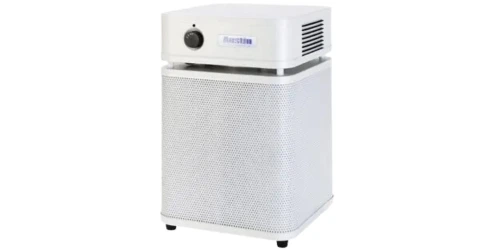
Austin Air Healthmate Air Purifier unit is labeled as “America’s Favorite Air Cleaner”. The efficiency and performance delivered by this air purifier are reliable to keep one’s home free from all allergens that tamper with the air quality. If your home or workspace is battling against dust, pollen, pet dander, mold, odors, and other forms of pollutants, the Austin Air Healthmate Air Purifier unit is the perfect choice to lean upon.
Key Features in Austin Air Healthmate Air Purifier
- The Austin Air Healthmate Air Purifier is built with the capacity to cover an area of up to 1,500 sq ft.
- One of the most trusted air purifiers on the market that can remove dust, pollen, tobacco smoke, chemical vapors, gases, viruses, bacteria, and more.
- High-quality Austin air filter that has specialized air filtering techniques.
- Features a 360-degree filtering system to take in air from all sides and the Clean Air Pocket vent to disperse the purified air back into the room.
- Economical Austin air filter that can be replaced once in 5 years alone.
- Equipped with an extensive air filtering system with a 4-stage HEPA filter and carbon combination filter.
- Manufactured in the USA with an energy-efficient Permanent-Split Capacitor (PSC) motor, a powerful centrifugal fan, and an all-steel outer body.
- Sports 3 fan speed settings- user can choose between high-speed and low-speed settings to customize air filtration, portable air purifier design with the smooth roll casters, and effortless replacement filter change.
- Perfectly suited function for those with multiple chemical sensitivities and asthma.
- Airpura R600 Air Purifier
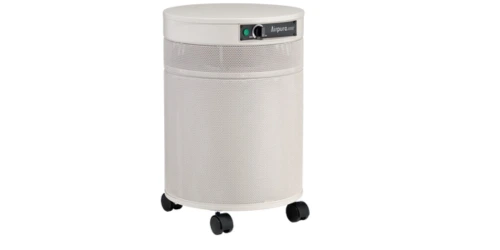
Another great choice for air purifiers that are built to establish seamless air quality is the Airpura R600 Air Purifier. If you are looking for heavy-duty filtration for large areas, the Airpura R600 Air Purifier might work out just right. This unit has been designed keeping in mind all the requirements to filter allergens from indoor air.
You can be assured that the Airpura R600 Air Purifier is equipped to remove all types of lung-damaging particles. The true HEPA filter in the Airpura R600 Air Purifier is in place to offer a superior level of protection. With a slightly better upgrade in the Airpura R614, you can also benefit from the Super HEPA filter. Despite the ability to keep the indoor air perfectly clean by removing 99.99% of particles down to .3 microns instead of 99.97% (as far as the true HEPA filter is concerned), both of these HEPA filters require a replacement filter only once in 5 years. This durability and economic usage of the HEPA filters deserve appreciation.
The Airpura air purifiers are designed to filter the indoor air across an area of 1,050 sq ft from pet dander, dust, dust mites, pollen, mold spores, asbestos, formaldehyde, ammonia, benzene, radon, glues, pesticides, methylene chloride, mold mycotoxins, perchloroethylene, tobacco smoke, and smoke odors. The other features in the Airpura air purifier that boost the performance of the unit are a variable speed motor, silent operation, a unique pressure seal on the filter chamber for zero air leakage, 360-degree air intake, and re-distribution with the perforated steel exterior.
Airpura Air Purifier is indeed a reliable device that is filled with highly advanced features and technology for effortless and perfect air filtering.
Key features in Airpura R600 Air Purifier
- The Airpura air purifier has the capacity to cover an area of up to 1,050 sq ft.
- Comes with an inbuilt true HEPA filter and a Super HEPA filter for top-notch air filtration.
- Economical and user-friendly design.
- 360-degree air intake and re-distribution to carry out thorough air filtration.
After careful analysis of the features and performance built into both air purifiers, it is safe to say that both air purifiers are highly effective in air filtration. However, the Austin Air Healthmate air purifier has been identified as a winner regarding performance and effectiveness.
Are Austin air purifiers energy efficient?

Yes, Austin air purifiers are energy-efficient units. Being a device that is expected to function round the clock, the energy consumption of air purifiers is on the higher end. However, Austin air purifiers bear energy usage in mind while carrying out the filtration process owing to their energy-efficient design.
FAQ Section
1. How to clean Austin air purifier?
Cleaning Austin air purifiers is simple. Like almost every other unit that comes with air filters, the outer body of the team must be wiped down with a damp cloth. A thorough vacuuming of the removable portion can be done once a week and the replacement filter (HEPA filters) can be switched out once in 5 years.
2. Do Austin air purifiers produce ozone?
No, Austin air purifier units are entirely ozone free. They do not produce ozone.
3. Where to buy Austin air purifier?
All models of Austin air purifiers can be purchased from their home website or from Sylvane, one of the leading online sellers of Austin air purifiers.
4. Is Austin air purifier made in USA?
Yes, Austin air purifiers are made in the USA.
5. In Austin air purifiers, when do you change the filter?
Unlike most replacement filter types, the Austin units do not require frequent filter changes. The Austin air filter needs to be changed once in 5 years.
Wrapping Up
With this, we have reached the end of the article. We trust the article was able to provide a complete understanding of the features built into the Austin air purifier models. It is recommended that a thorough analysis of the individual features in any air purifier must be analyzed, in relation to the requirements of the indoor air in the area to be covered. Make the best use of the suitable Austin air purifier model and enjoy breathing in clean air.

About The Author
Olivia — a self-confessed air quality addict — is a home climate enthusiast, fresh air advocate, and someone with deep personal experience and knowledge about mold extermination. Her work was mentioned in countless notable humidity publications. Previously she was an editor at Mold Remediation.
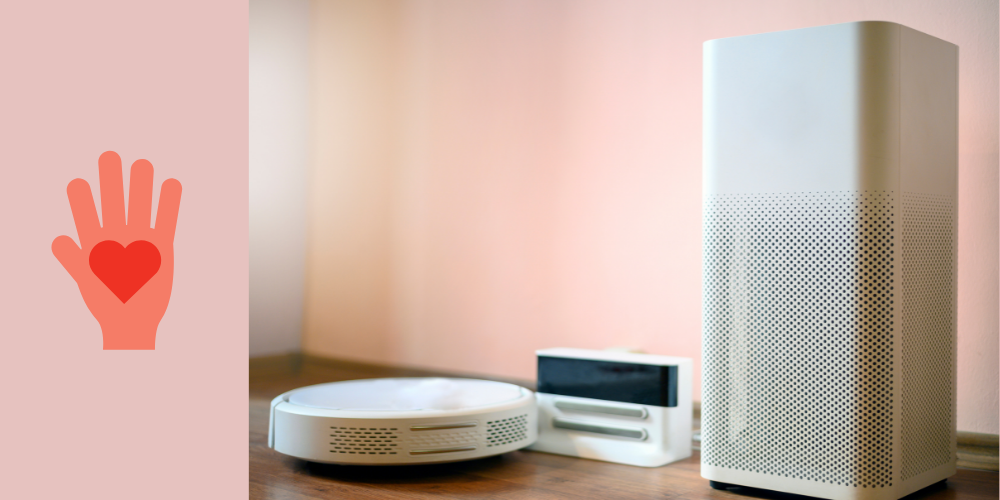
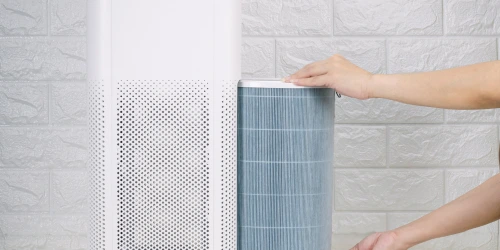
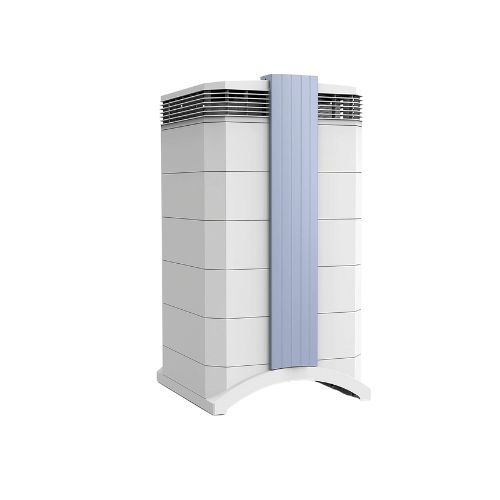
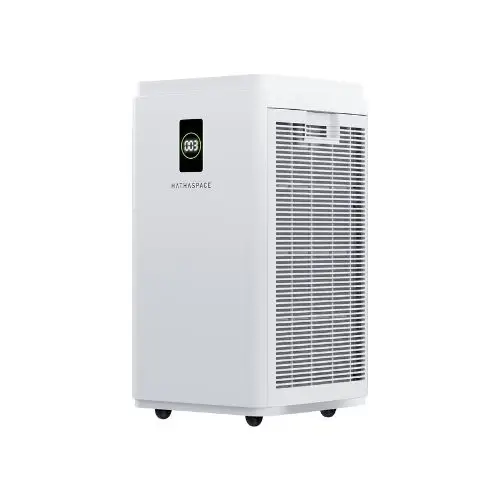
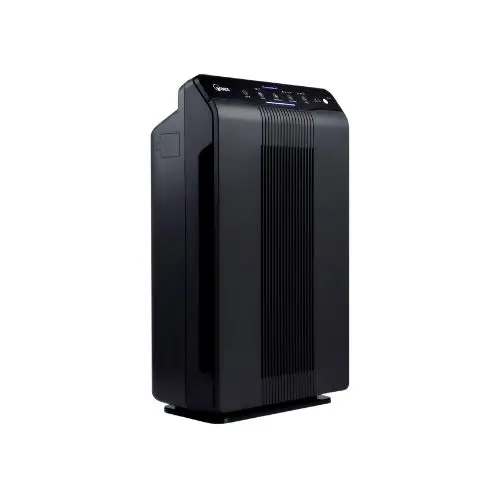
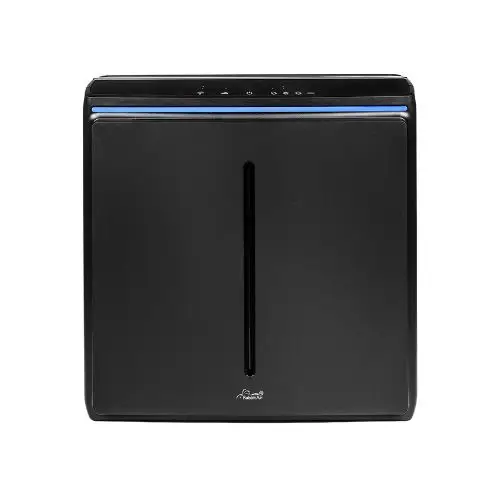
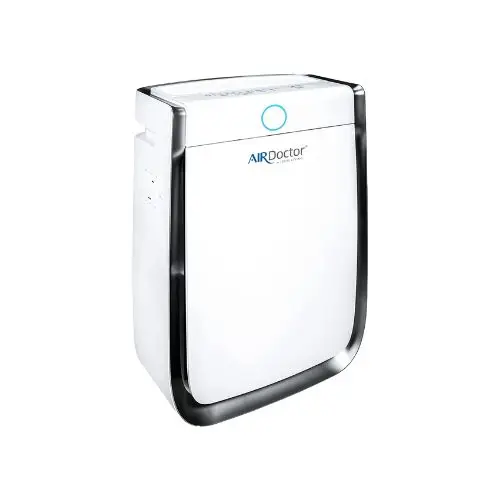
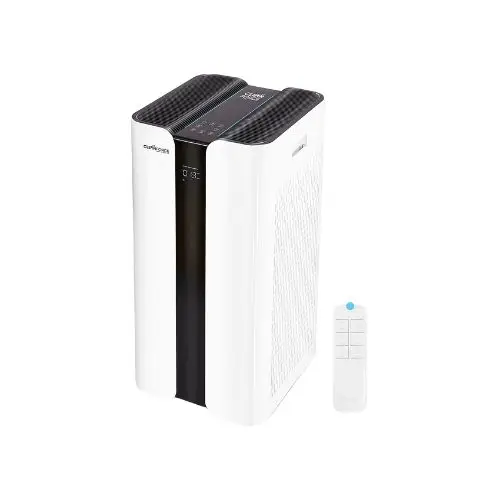
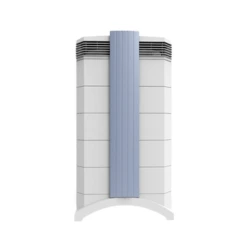
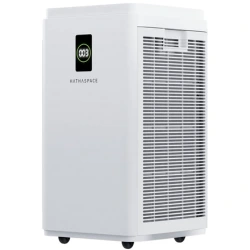
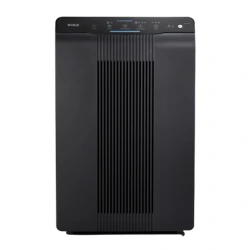

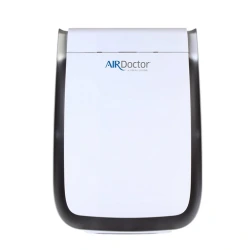
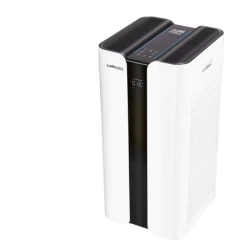

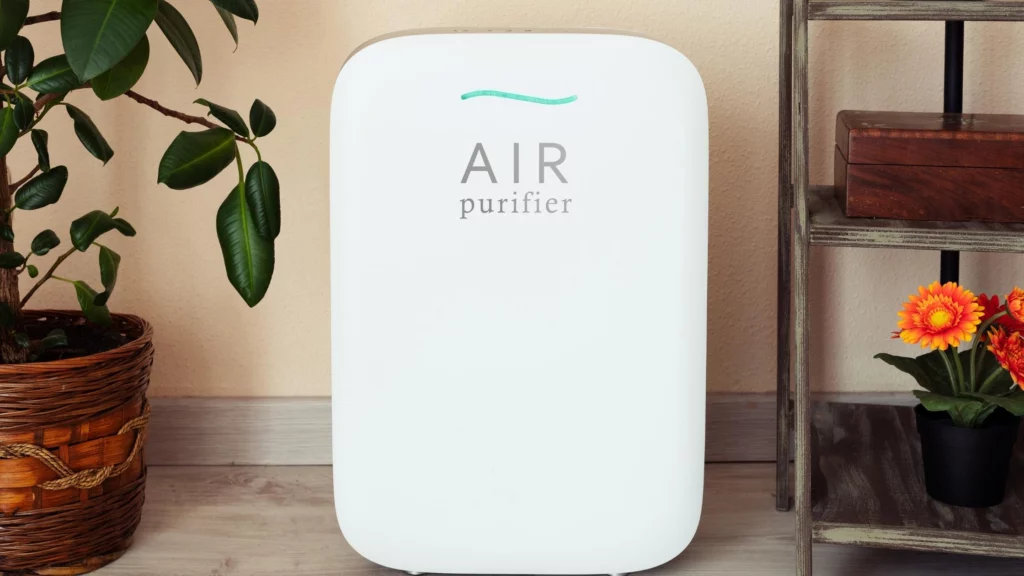
![High-efficiency particulate air [HEPA Filter]](https://humidityfixers.com/wp-content/uploads/2022/08/High-efficiency-particulate-air-HEPA-Filter-1024x576.webp)
